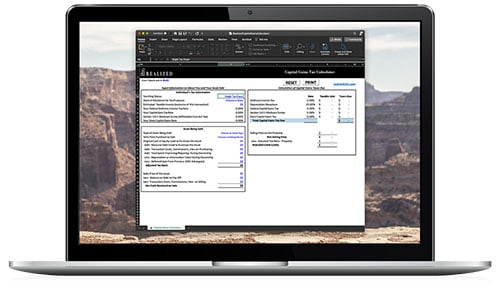
As an investor, one of the things that drives your yes/no decisions about whether to acquire and hold a particular asset is the return on that investment, based on what it costs to buy it. In other words, yield. Also known as rate of return, yield is stated as a percentage of the amount you invested in that asset.
Though yield offers a straightforward definition, there can be different types of ROI or ROR. Two of the more well-known type are capital gains yield and dividend yield. While both focus on returns, they’re very different from each other.
Capital Gains Yield: Buying and Selling
Capital gains is measured by an increase in the market price of a stock you might buy, relative to what you paid for it. As such, capital gains yield (CGY) tells you the return that your stock offers, from when you buy it to when you sell it. In other words, it’s the price appreciation on your investment, presented as a percentage.
Here’s the formula for a CGY:
(Current Price – Original Price)/Original Price x 100 = CGY
So if you pay $40 for a share of stock and the current price of that share is $70, here’s your CGY:
($70 — $40)/$40 x 100 = 75%
So your capital gains yield on this stock would be 75% per share. An important thing to remember is that capital gains yield doesn’t include stock dividends, which is considered total return.
Dividend Yield: Your Investment “Reward”
Unlike capital gains, dividends focus on what you get paid for investing in corporate stock. So, unlike capital gains yield, the dividend yield has nothing to do with buying and selling. Rather, a dividend yield focuses on the amount that a company might pay you in dividends, relative to its stock price.
Through dividend yield, you could get a good idea of which corporation might pay you more in dividends based on each dollar you invest. It could also offer you an insight as to the company’s financial health.
Here’s the dividend yield formula:
Annual Dividends Paid Per Share/Price Per Share = Dividend Yield
For example, if the company you invest in pays out $10 in dividends per share annually and each share costs $150:
$10/$150 = 6.6%
So your dividend yield would be 6.6% per share.
The Importance of Numbers
While CGY and dividend yields differ in purpose and calculations, they’re both important when it comes to your investment decisions. Due diligence is important when deciding to buy a particular stock or asset. As such, yield can also be a powerful tool to help you understand an investment’s performance.
This material is for general information and educational purposes only. Information is based on data gathered from what we believe are reliable sources. It is not guaranteed as to accuracy, does not purport to be complete and is not intended to be used as a primary basis for investment decisions. It should also not be construed as advice meeting the particular investment needs of any investor.
Hypothetical examples shown are for illustrative purposes only.
There is no guarantee that the investment objectives of any program will be achieved.


